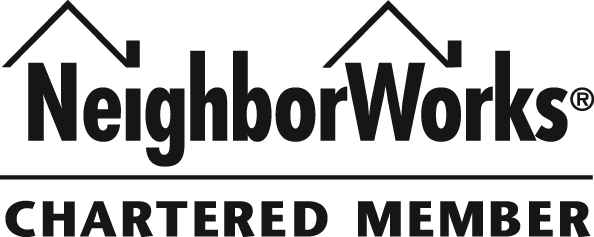Creative Placekeeping
Placekeeping is a multi-faceted approach to the planning, design and management of public spaces. Placekeeping (or as some call it, placemaking) capitalizes on a local community's assets, inspiration, and potential, with the intention of creating public spaces that promote people's health, happiness, and wellbeing. At ACDC, we believe in community development as a holistic approach, and placekeeping is just one of the ways in which we support and mobilize residents to engage in community planning.
Our ANCHOR placekeeping strategy guides ACDC’s work to Activate spaces, address Neighorhood needs, be Community-driven, expand affordable Housing and Open space, and achieve Resident-centered goals. We leverage arts, culture, and play to foster community self-determination and social connection.
Hudson Street Stoop
Hudson Street Stoop invites artists and Chinatown residents to co-create temporary public art installations to activate One Greenway Park.
SaturPLAY
SaturPLAY is a youth-developed and youth-run program that plans monthly family-friendly events from April to October at Mary Soo Hoo Park.
Tied Together by a Thousand Threads
This mural by artist Shaina Lu and Chinatown resident Yvonne Ng was developed through a youth-driven pilot program has developed into ACDC's broader “placekeeping” strategy.
Films At the Gate
Every summer, ACDC youth organize a free film festival at the historic Chinatown Gate that community members of all ages and backgrounds can enjoy.
Chinatown Backyard
This project, developed by youth in 2019, is Chinatown’s only community garden hosted at Tufts Community Common and features free events like ACDC’s annual Summer Picnic.
Residence Lab
ResLab was a collaboration between ACDC and Pao Arts Center that brought together Chinatown residents and local creatives to shape Chinatown’s cultural identity.
Secret Gardens We Shared
This mural by artist ponnapa prakkamakul and Chinatown residents from the Resident Leadership Academy, a program by Asian Community Development Corporation (ACDC) in collaboration with the Mel King Institute.
Why placekeeping?
Boston's Chinatown has always been a hub for newcomers: Chinese, Lebanese, Syrian and Vietnamese.
The latest wave of newcomers are affluent, young professionals filling up thousands of luxury apartments. This new wave contributes to the changing demographic and displacement of Chinatown residents.
Just as the Asian population is becoming a minority in Chinatown, the physical boundaries of Chinatown are eroding.
Our Strategy
Risa Puno’s Year of the Dog installation, which honors the experiences and memories of the Chinatown community
Yu-Wen Wu’s With/Out Water, a piece about Chinatown displacement and climate change
Use arts and culture to create engage old and new residents in a dialogue of what it means to be part of Chinatown, and to foster a sense of common community.
Integrate arts and culture into the multi-textured fabric of land use, housing, transportation, environment and other systems to create stronger, more equitable, and more vibrant urban spaces.
Strengthen the sense of cultural identity at the borders of Chinatown that are particularly vulnerable to gentrification.
Envision a Chinatown resilient enough to absorb a diverse group of newcomers while preserving its unique cultural identity.
Engage long-time residents, recent immigrants, working-class families, and young professional families in experiences and dialogues that cultivate a common sense of community.
ARE YOU AN ARTIST LOOKING TO WORK WITH THE COMMUNITY?
We’d love to work with you! Email our team to learn more.












